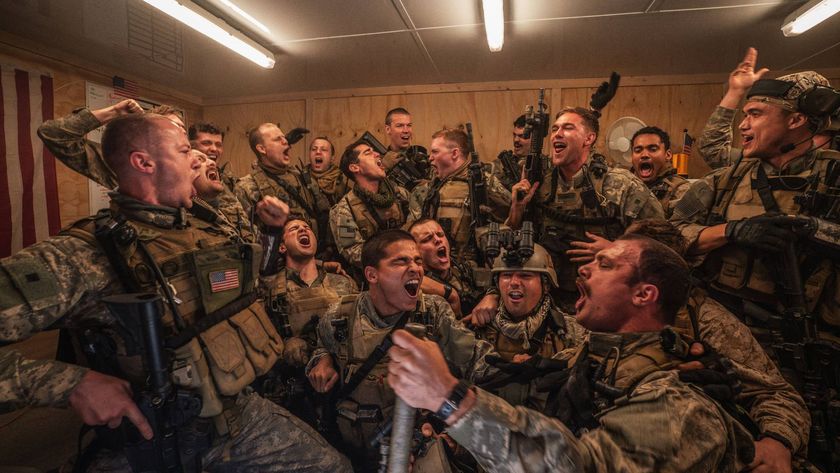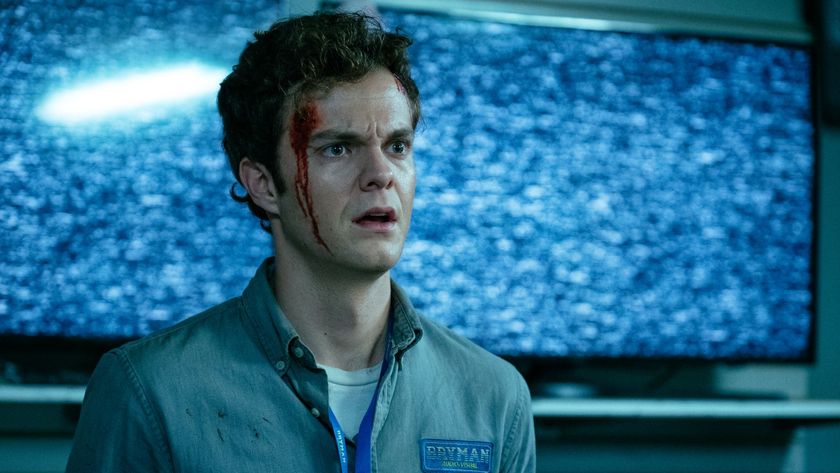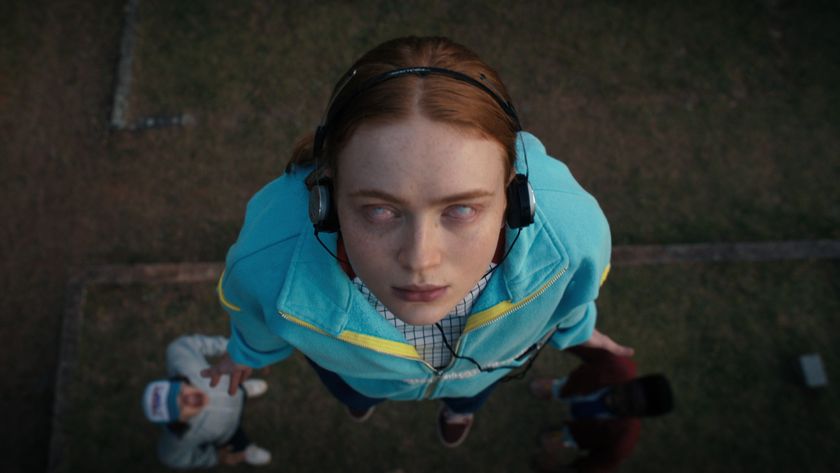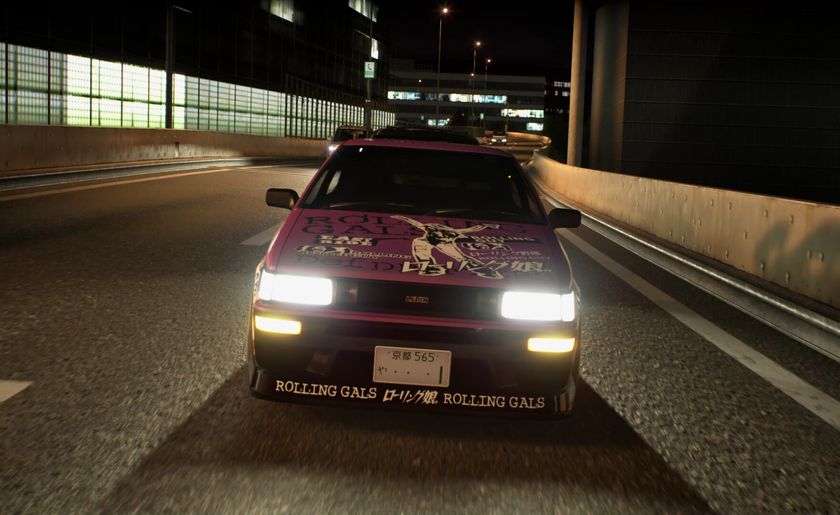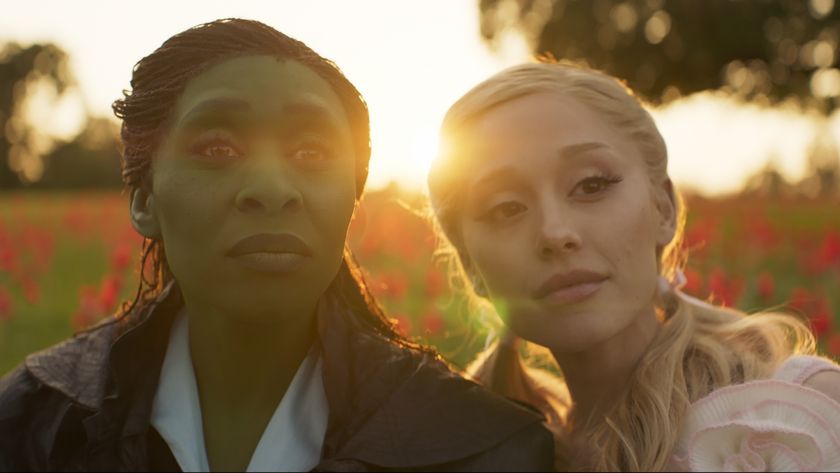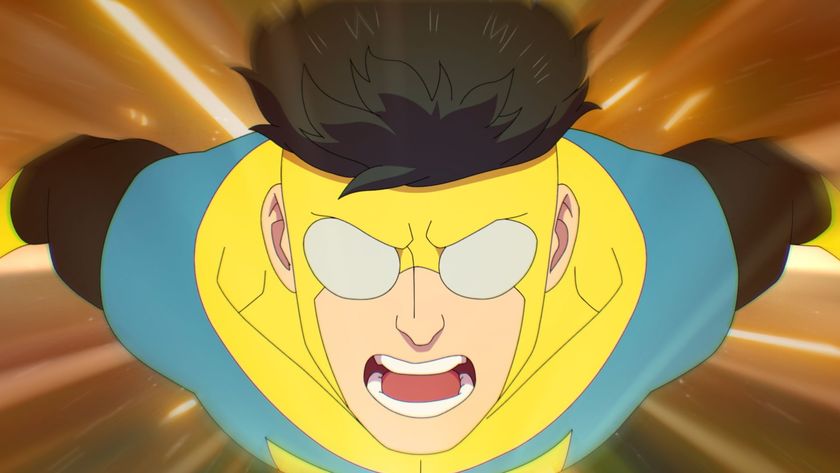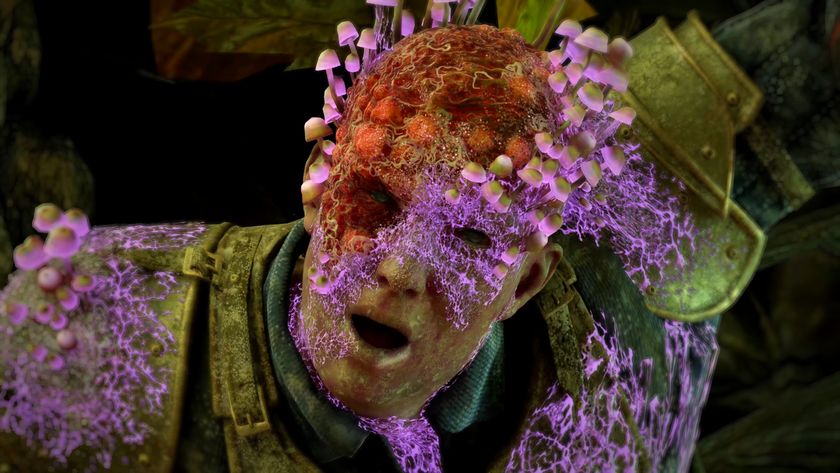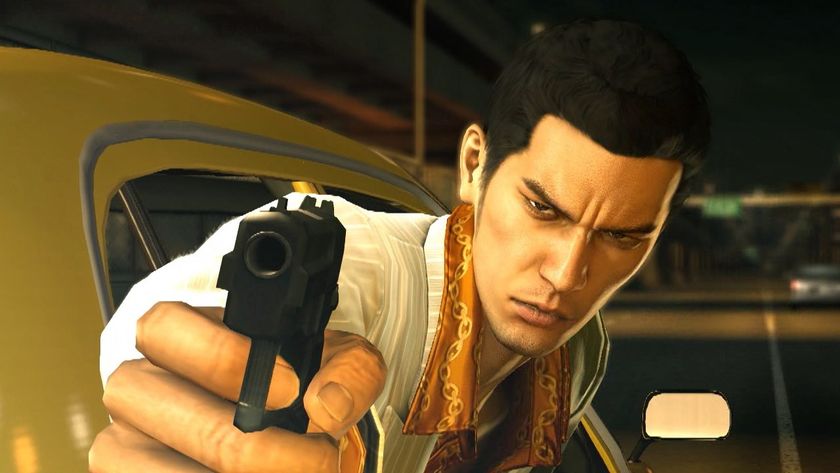Mad Max: Fury Road deserved Best Picture, but its Best Editing award is more important

Let's be real here: we all knew Mad Max: Fury Road wasn't going to win the Oscar for Best Picture back in 2016 (despite totally deserving it). But rather than moping about what could have been, let's focus on the positive. Fury Road came away with six awards, which, for the fourth film in a cult action series about a crazy Australian dude fighting crazier Australian dudes in a post-apocalyptic wasteland, isn't too shabby at all. Besides, it arguably took home the most important award of all: Best Film Editing.
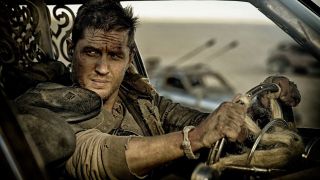
Now, you can't have an amazing picture without gorgeous cinematography and a director with a vision who can see things through (both should've won but… moving on), but it's the editor's job to take all that footage, the dialog, the music, the effects, and piece it together into a coherent narrative. The editor is responsible for the pacing of a film, for determining when to cut from one scene to the next, for making sure the viewer can logically follow the action from beginning to the end. The word 'triumph' gets bandied about a lot when talking about movies, but Fury Road's editing deserves every superlative I can possibly muster. It is a triumph of action filmmaking, and one of the reasons why Fury Road is so intoxicating to watch.
Mad Max: Fury Road is the first action film Margaret Sixel ever worked on, and it shows. I don't mean that as a slight; Sixel is a talented editor, working with her husband, director George Miller on Babe: Pig in the City and Happy Feet, as well as numerous Australian dramas before tackling Miller's action opus. But it's important to note why Sixel's inexperience in action films is important, and Miller himself said it best: "Because if a guy did it, it would look like every other action movie."

The last decade or so has seen the proliferation of the 'Bayhemification' of action movies. Michael Bay's films are hyperkinetic, always in motion and edited with loads of quick cuts. They're also immensely popular, which means that studios want movies to copy that style in order to compete. Films like Bay's Transformers or Paul Greengrass' The Bourne Ultimatum find themselves competing in a never-ending contest of one-upmanship, a film version of the music industry's own Loudness Wars. One film uses quick, disorienting cuts and screeching tires to fill in the visual gaps, so the next movie has to be quicker, more disorienting, and louder to increase the stakes. It's fine if it's one or two movies doing this as a stylistic choice, but when it's every single film, everything starts to look the same. (For a deeper analysis of why these movies feel formulaic and hollow, check out Tony Zhou's brilliant YouTube series, Every Frame a Painting - specifically the episodes about Michael Bay and Jackie Chan. Don't worry, I'll wait.)
That's not to say that quick and numerous cuts are bad - Fury Road features over 2700 cuts, which is a hell of a lot more than The Road Warrior's 1200 in same length of time - but it's about finding that balance between holding the shot and making the cut, and about finding coherence in each individual moment. That's what makes Sixel's inexperience in editing action films so important - she's not going to take the same shortcuts or make the same mistakes other editors would make when approaching an action film.
Take a look at this sequence from The Bourne Ultimatum, which also won an Oscar for Best Film Editing back in 2008:
Yes, it's exciting, but the action is too muddled to properly follow. When Bourne leaps between windows, there are a total of seven cuts for what amounts to a split-second action, which makes the stunt seem more impressive than it actually is. The film also rapidly cuts between hits during the fight between Bourne and Desh in an attempt to give the scene this raw, kinetic energy, but it ends up leaving the viewer bewildered. You can't properly follow the action because the cuts are too fast for you to register anything other than the sounds made during the fight. When you combine it with the shaky camera, you're left feeling exhausted by the end of it because your brain has had to fill in all of the gaps left by the rapid-fire pace of the editing.
Sign up to the SFX Newsletter
Get sneak previews, exclusive competitions and details of special events each month!
Now, contrast that fight with a similar moment in Mad Max: Fury Road:
Notice how every hit is registered, how every important moment of this skirmish - from Furiosa's surprise that the shotgun doesn't work, to when she reaches for the pistol attached to the War Rig, to when Max and Furiosa battle over the pistol itself - is given a few lingering moments on screen. It still feels fast, but because these cuts are given room to breathe, this scene actually feels intense. You can feel every hit because you can see every hit. The scene also displays some deft frame control, speeding up and slowing down the amount of frames per second ever so slightly to keep the audience on their toes while maintaining visual legibility. It also helps that cinematographer John Seale keeps the frame centered on the action and steady at all times. Compared to Ultimatum's frantic relentlessness, every frame in this sequence is a powder keg waiting to explode, until it finally does when Max overpowers Furiosa at the end.
It's all about confidence - confidence in the scenes that you've filmed, in their ability to hold and captivate an audience, and Mad Max: Fury Road has confidence to spare. Rather than drowning the viewer in sensory overload, Sixel is confident enough to give the film's most impactful moments time to shine. Like this one, which comes after a series of rapid cuts. We see the bomb go under the Buzzard's vehicle, and the action slows down and removes virtually all sound to give us a quick opportunity to bask in the scene and take it all in:
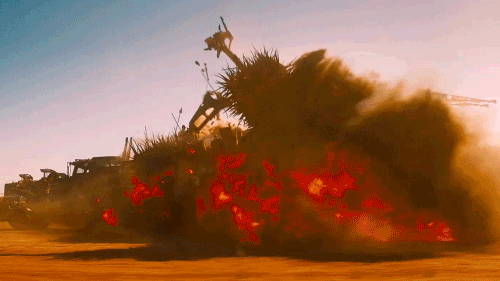
Beautiful. For a film that's constantly in motion, filled with dozens of cars all jockeying for position against the speeding War Rig, all of its action scenes are clear and easy to follow, all expertly paced to allow us the ability to marvel at the set-pieces without feeling like we just ran a 100-yard dash to get through them.
Even more impressive is how Sixel was able to compile over 470 hours of footage into a coherent picture. That's twenty days worth of film that took three months to merely watch, and two full years to edit. Because George Miller filmed with digital cameras, he was able to keep rolling until he had the shot he wanted, which meant sifting through hours of nothing to find a few minutes of worthwhile footage. Sixel put in over 6000 hours of editing for a two-hour film, but that hard work and dedication led to one of the greatest, most fluid action films ever created.
Seeing the Academy properly award Mad Max and Margaret Sixel for Best Film Editing bodes well for the future of action cinema. For the longest time I thought we were too far down the 'Bayhem' hole, where every action sequence would be nothing but a bewildering mess of loosely connected computer-generated effects and punching noises. But Fury Road shows that there's a light at the end of the tunnel; that it's possible to treat action as form of visual poetry; that you can combine modern filmmaking technology and techniques with classic Hollywood pacing in the year 2016, and that doing so can be both a critical and commercial success. It may be disappointing that Mad Max didn't win Best Picture, but a Best Editing award is perhaps more important - and it's an award that Sixel rightly deserved.
